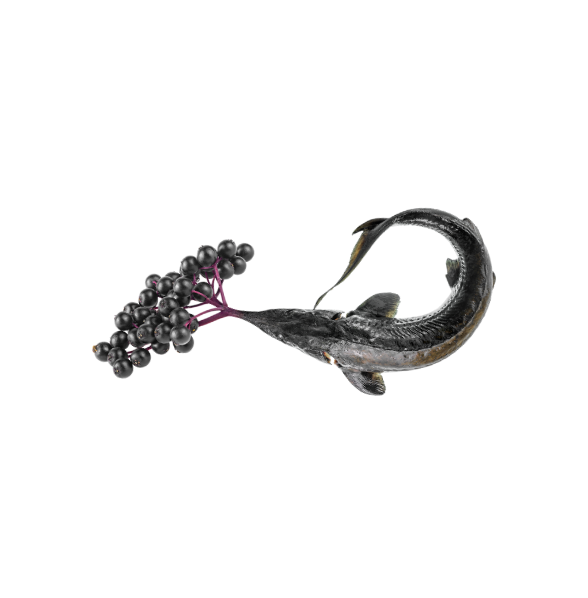News
‘The eyes of diners now light up when you tell them about the history of a dish’
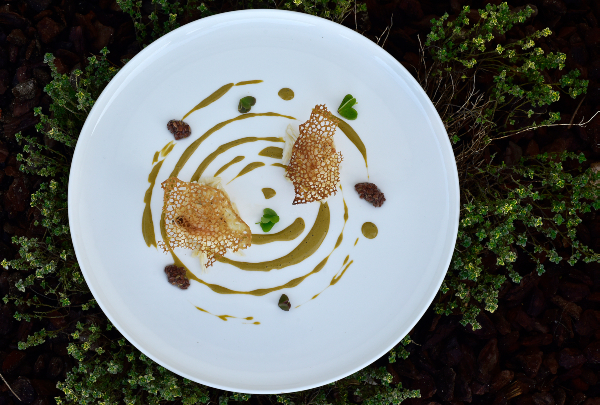
Are we living in a new era with a diner that is more sensitive to what they eat?
Over the past years, the profile of diners has evolved in the same way that the interest in gastronomy has made cooks the culinary high priests of this country. Ambassadors we have grown up with, discovered new products and ingredients with, and with whom we have rediscovered the pleasure of food. What has this evolution been like? Let’s ask our chefs.
Ever since cooks have shared the covers of magazines and the front pages of newspapers with the greats from the worlds of music, film, literature and television, diners have viewed gastronomy from a different perspective.
A perspective – filtered through a lens of sustainability, a concern for healthy food and respect for our environment – that has made diners ever more demanding and aware of what is on their plate. In fact, we now ask even more about where the meat we eat is from, if the eggs are free-range, if the vegetables are from the restaurant’s own vegetable garden, or what is in the sauce that comes with the fish. Do we approach every recipe differently from how we did a few years ago? Are we living a new era where diners are more mindful about what they eat? Will this affect the future development of the restaurant industry?
For Aitor Arregi, from the restaurant Elkano * (Getaria, Guipúzcoa), this inquisitiveness to know what is on the plate is a matter of DNA. ‘There’s more information about everything, and that goes for the culinary arts, too. If before there was a lot of talk about techniques, now the talk is about the primary sector and we talk about where ingredients and produce come from, and much importance is given to this. People ask about this matter a lot, but it really depends on each individual level of curiosity,’ explains this cook. Aitor affirms that, in the case of his restaurant, over the past few years there has been an increase in people visiting ‘from other latitudes’. And it’s precisely that profile that is most interested in the how and the why. ‘They come to a place that’s less familiar for them, far from their countries, and they ask about what we cook. In our case for example, on the grill: Why are the grills in the street? Why is the food on the plate presented in such a stripped back way? This curiosity – and the number of questions – is probably greater because of where that person is from. It’s also true that diners who live closer to us understand this concept. Those groups who come on a Saturday and those who come once a year, they know what to expect. Local diners, who live in the vicinity, also know what to expect. People who have been various times ask specific things or, because they trust you, let themselves be guided.’
In the case of the restaurant Lera (Castroverde de Campos, Zamora), Luis Lera stresses that the way diners have evolved is impressive. ‘As we don’t work with produce that is found in supermarkets or shops [they are supplied mainly by local farmers and growers for pulses, wild game, and bread, just to give a few examples], the difference is huge. Because of that, we definitely do notice that diners are mindful and ask why we prepare a particular cut in that way, or why do we buy our pulses from around here, etc. When you explain in detail what is on their plate, they see that what they are eating is like nothing they’ve ever eaten before.’ He also points out that not all diners are quite so curious or know what they are eating, but even so they are more knowledgeable than in the past. ‘Diners know more about gastronomy now, they are more informed, even overinformed ... but we shouldn’t generalise because there are also people who know practically nothing. You can give them some bad-quality fatty lamb or some suckling lamb and they probably can’t tell the difference. But there is a huge minority that really does understand, and they are the ones who help us improve on a daily basis. They demand and are demanding.’ Luis refers to experience as a base from which to build knowledge about produce in order to become mindful about it. ‘When you eat wild partridge for the first time, the second, the third, the fourth ... the next time you eat it, you’ll notice the difference; this doesn’t happen, for example, when you eat wild turbot.’ For Lera, this great number of people who are knowledgeable and mindful of the gastronomic environment is what helps cooks move forward, and it also helps to teach those who are less knowledgeable. He highlights the fact that during the pandemic there has been an increase in the appreciation of good produce. 'Now, during the pandemic, people are mindful about the produce they buy to consume at home, and this delights me. On Instagram, I’ve seen that people are enjoying true feasts ... ordering charcuterie from a specific producer, buying quality meat from a place they’ve been told is good. They work even harder than I do when I place my orders,’ he says, laughing. He also points out that there are diners who are very particular when it comes to looking for restaurants. ‘There is a kind of customer who is very demanding in their search and that’s great. If you go to Spain’s east coast and want to eat the best red prawns, you’re going to go to a place that has extraordinary red prawns. In this regard, gastronomy has helped a lot, and diners are much more engaged in making sure it exists. In fact, when we travel, we all ask our friends from those places what we should do, and where we should eat.’
In a city like Barcelona, the evolution of the profile of diners has been impressive. Eduard Xatruch, from the restaurant Disfrutar ** (Barcelona), says, ‘Over the past years, diners have changed because the perception of gastronomy is totally different. Before, in 2000, haute cuisine was unknown to the man and woman on the street because it was inaccessible and elitist to them, but with the emergence of social media, haute cuisine has opened up. In addition, thanks to haute cuisine being a popular topic in the media and on TV programmes, all things culinary are now related to leisure activities. In the past, you’d go to a football match or to a concert, and it wouldn’t enter your head that going to a restaurant could be considered a gift. Now, you’re invited to a great meal at a restaurant for your birthday and it's a fabulous present; but not long ago, if a friend got married, you wouldn’t offer them a meal at, say, Disfrutar. You just have to look at the range of produce in supermarkets today – it’s vastly different from what it was twenty years ago. Today, everyone knows what nigiri is, but two decades ago only those interested in Japanese gastronomic culture were familiar with it. Now, even children have tried nigiri,’ adds Xatruch. He talks about markets where the stallholders tell him that customers are much more demanding, ask more questions and want produce and products that until a few years ago were not even available. As examples, he cites ginger, fresh coriander and nori seaweed. Furthermore, he explains that even gadgets that twenty years ago you might find at elBulli, ‘such as siphons’, are now commonly found in people’s kitchens, ‘and those who don’t have one, at least know they’re used for making foams.’ Eduard highlights that, as a result of the pandemic, people are cooking more and trying out new things. A revolution for takeaway has been created in which ‘there’s been a leap in quality and variety’, and restaurants aiming to adapt to their local clientele are going to have to do a very good job. ‘In the restaurant industry now, you have to do a good job. If you take Barcelona as an example, 90% of people know what good food is, and if they go out for a paella, they’re going to want one that's better than what they make at home.’
In Galicia, Javier Olleros, from the restaurant Culler de Pau ** (O Grove, Pontevedra), states that the profile of diners has evolved enormously in the eleven years since they opened the restaurant. ‘Going to a restaurant is different today – gastronomy is now part of so many spheres and it’s truly in the limelight. That’s stimulating. Gastronomy goes hand in hand with these changes in diners and in society. There is a burgeoning trend towards diners who are in search of – among other things – pure produce that tells a story, who seek tranquillity through gastronomy, as well as respect for seasonality and the seasons. I believe that diners will become more involved, or at least more mindful when it comes to eating well,’ Olleros affirms. He adds, ‘it’s a different way of looking at nature and at all of us who are part of this. It's a sort of reconnection with other sensibilities.’ With this in mind, Javier predicts that ‘those in the restaurant business are going to have to rise to the occasion and hopefully we’ll live up to the expectations of a society that aims to be more responsible with the future that we’ll pass on to others.’ As part of this changing profile, Olleros has also observed that diners are more trusting in they accept suggestions, and they are more curious now about what they are going to eat. ‘Diners are more interested and they dine differently now. We’ve noticed that diners are more willing to be guided, so we try to tell them more about what's behind each dish but without boring them or giving a long spiel. You’ve got to be able to read each diner. But we have definitely noticed that when we talk about something interesting regarding the history of a dish, the eyes of diners light up.’

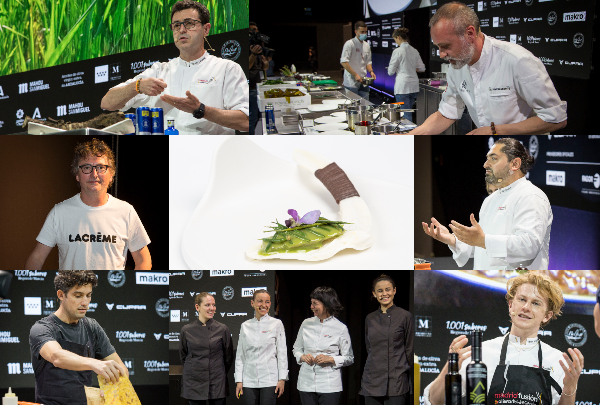
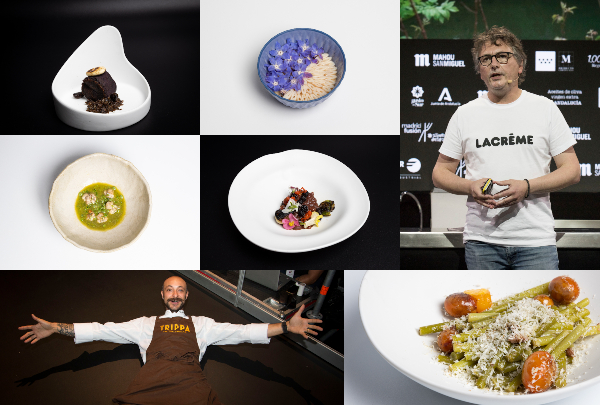
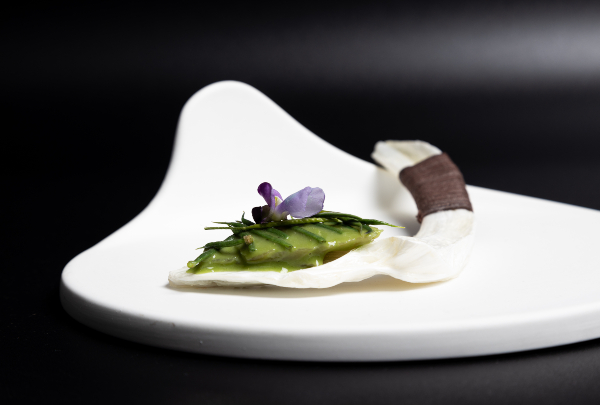
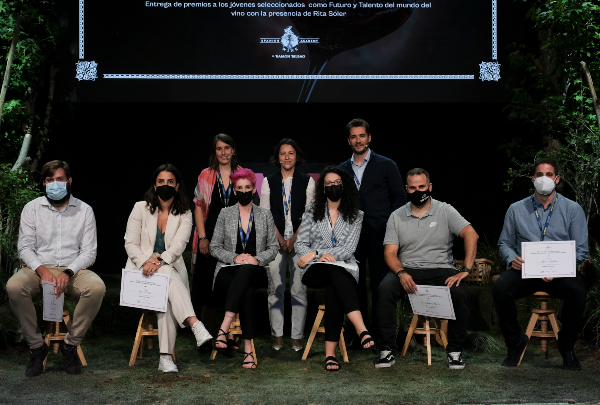
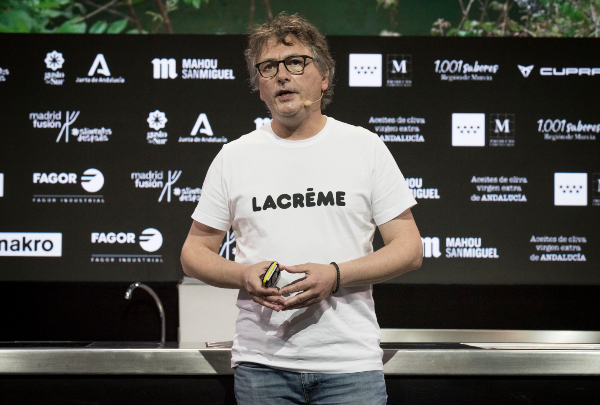
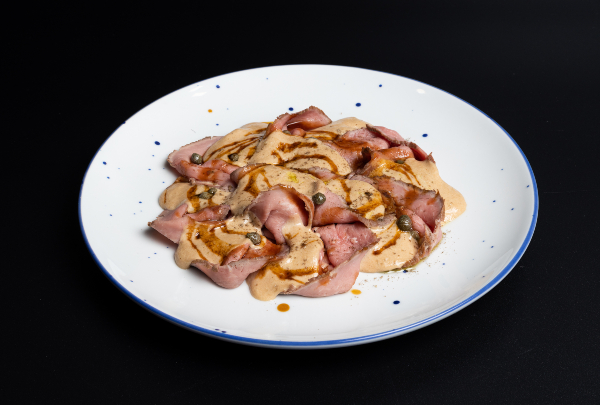
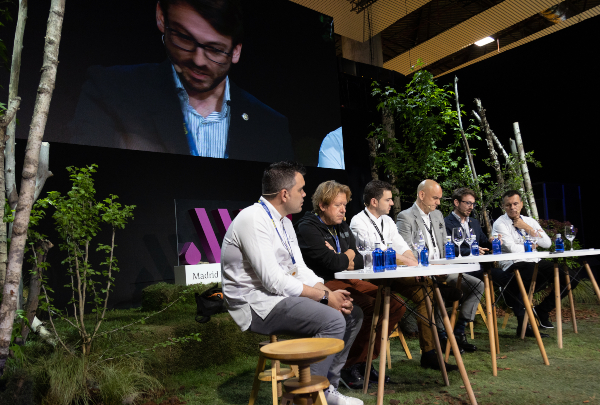
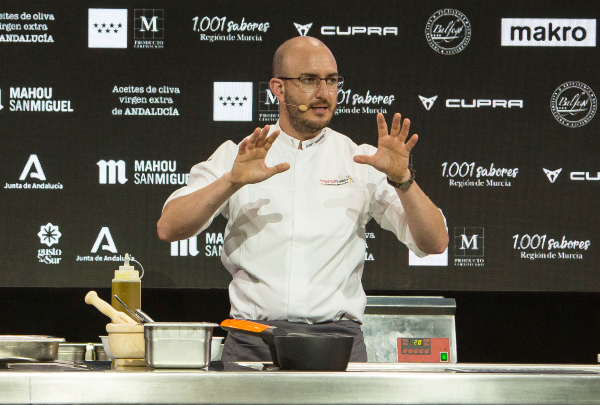
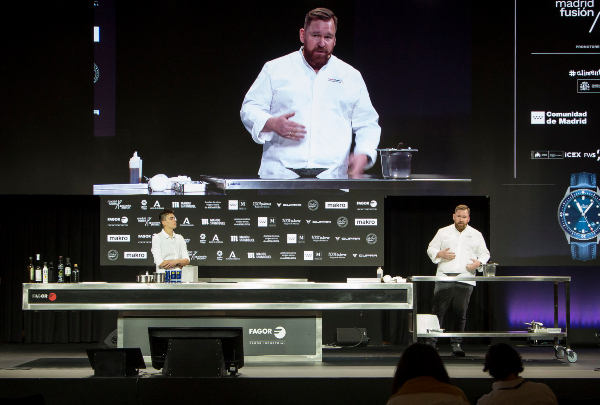
.jpg)
